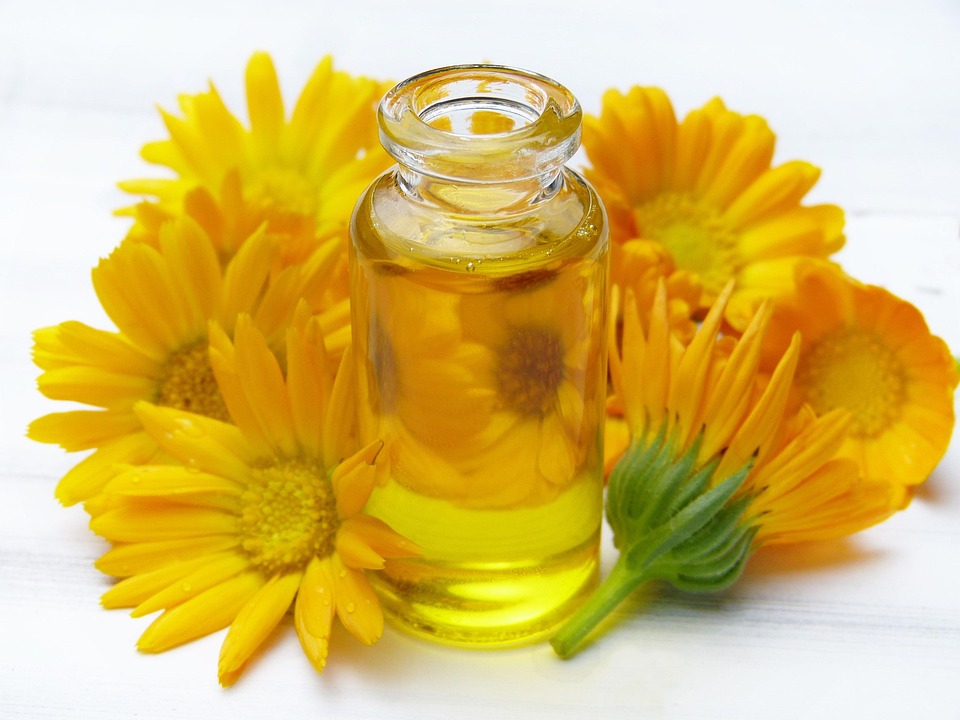Rooting Out Plant Disease: Strategies for Prevention and Protection
Plant diseases can wreak havoc on gardens, crops, and landscapes, leading to reduced yields, stunted growth, and even plant death. As a gardener or farmer, it is crucial to take proactive steps to prevent and protect your plants from disease. In this article, we will discuss effective strategies for rooting out plant disease, including prevention methods and protective measures.
Understanding Plant Disease
Before we dive into prevention and protection strategies, it is essential to understand what causes plant disease. Plant diseases are typically caused by pathogens such as fungi, bacteria, viruses, and nematodes. These pathogens can infect plants through various means, including contaminated soil, water, air, and plant debris. Once a plant is infected, the pathogen can spread rapidly, causing widespread damage.
Prevention Strategies
1. Proper Plant Selection:
One of the most effective ways to prevent plant disease is to choose disease-resistant plant varieties. When selecting plants for your garden or farm, look for varieties that are known to be resistant to common plant diseases in your area. This will help reduce the risk of infection and minimize the need for chemical treatments.
2. Good Cultural Practices:
Practicing good cultural practices, such as proper watering, fertilization, and pruning, can help keep plants healthy and resistant to disease. Avoid overwatering, which can create a moist environment that is conducive to fungal growth, and ensure that plants receive adequate nutrients to support their immune systems.
3. Crop Rotation:
Crop rotation is a common practice used to prevent the buildup of pathogens in the soil. By rotating crops each season, you can disrupt the life cycle of pathogens and reduce the risk of infection. Be sure to rotate crops with different disease vulnerabilities to maximize the benefits of this practice.
Protective Measures
1. Use Disease-Resistant Seeds:
When planting seeds, opt for disease-resistant varieties whenever possible. Disease-resistant seeds are bred to withstand common plant diseases, reducing the likelihood of infection and the need for chemical treatments. Be sure to purchase seeds from reputable suppliers to ensure their quality.
2. Implement a Monitoring System:
Regularly inspect your plants for signs of disease, such as discoloration, wilting, or unusual growth patterns. By catching disease early, you can take action quickly to prevent its spread and minimize damage. Consider implementing a monitoring system, such as weekly inspections, to stay on top of plant health.
3. Practice Sanitation:
Proper sanitation practices, such as removing diseased plant material, cleaning tools, and disinfecting containers, can help prevent the spread of disease. Be sure to dispose of infected plant material properly to prevent reinfection and keep your garden or farm clean and healthy.
Common Questions
1. What are the signs of plant disease?
Common signs of plant disease include discoloration, wilting, stunted growth, and unusual growth patterns. If you notice any of these symptoms in your plants, it is essential to take action promptly to prevent the spread of disease.
2. How can I prevent plant disease in my garden?
To prevent plant disease in your garden, focus on proper plant selection, good cultural practices, and crop rotation. Additionally, using disease-resistant seeds, implementing a monitoring system, and practicing sanitation can help keep your plants healthy and disease-free.
3. Are chemical treatments necessary to prevent plant disease?
While chemical treatments can be effective in controlling plant disease, they are not always necessary. By following prevention strategies and protective measures, you can reduce the risk of infection and minimize the need for chemical treatments. However, in some cases, chemical treatments may be necessary to save infected plants.
Conclusion
Rooting out plant disease requires a combination of prevention strategies and protective measures to keep your plants healthy and disease-free. By understanding the causes of plant disease, implementing good cultural practices, and using disease-resistant seeds, you can reduce the risk of infection and minimize the need for chemical treatments. Remember to monitor your plants regularly, practice proper sanitation, and take action promptly if you notice any signs of disease. With these strategies in place, you can protect your garden, crops, and landscapes from the devastating effects of plant disease.


















































